RECOMMENDED NEWS
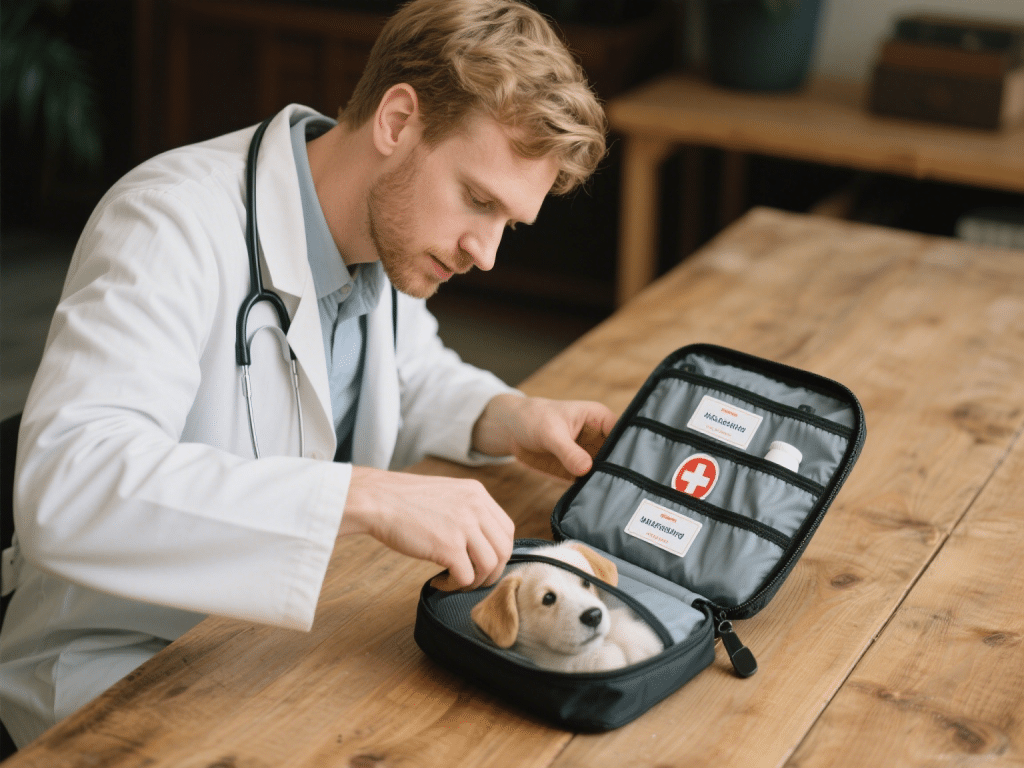
Essential First Aid Kit Items Every Dog Owner Needs
As a certified veterinary technician and passionate dog owner, I’ve seen firsthand how a well-stoc...
Read More →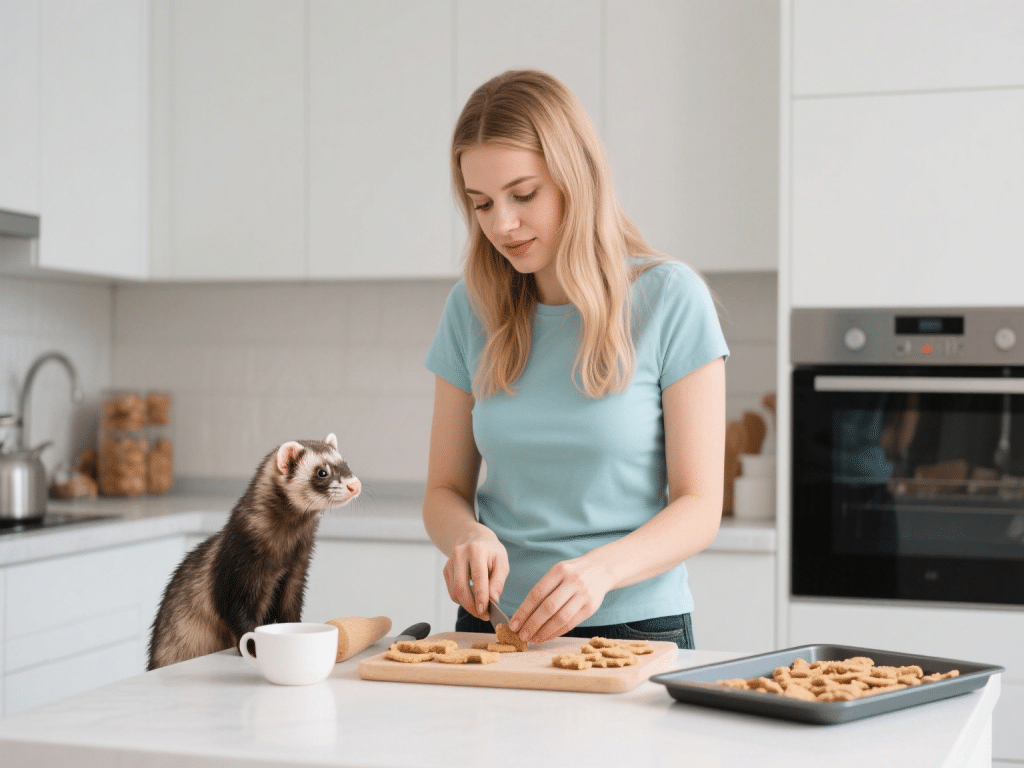
Homemade Healthy Treats for Ferrets: Simple Recipes
IntroductionFerrets are obligate carnivores requiring high-protein, low-carb diets. While commercial...
Read More →
Choosing the Right Bedding for Guinea Pigs: Comfort and Hygiene
IntroductionProper bedding for guinea pigs is essential for comfort, respiratory health, and cleanli...
Read More →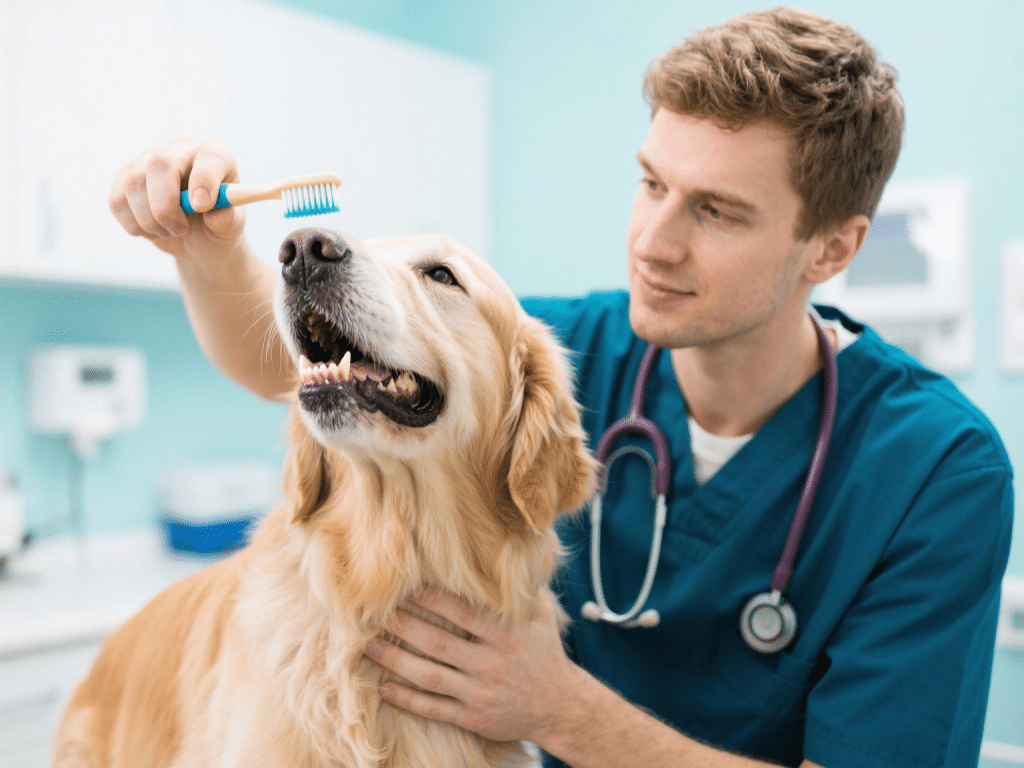
Step-by-Step Guide to Brushing Your Dog’s Teeth at Home
IntroductionRegular dental care is crucial for your dog’s overall health. Plaque and tartar buildu...
Read More →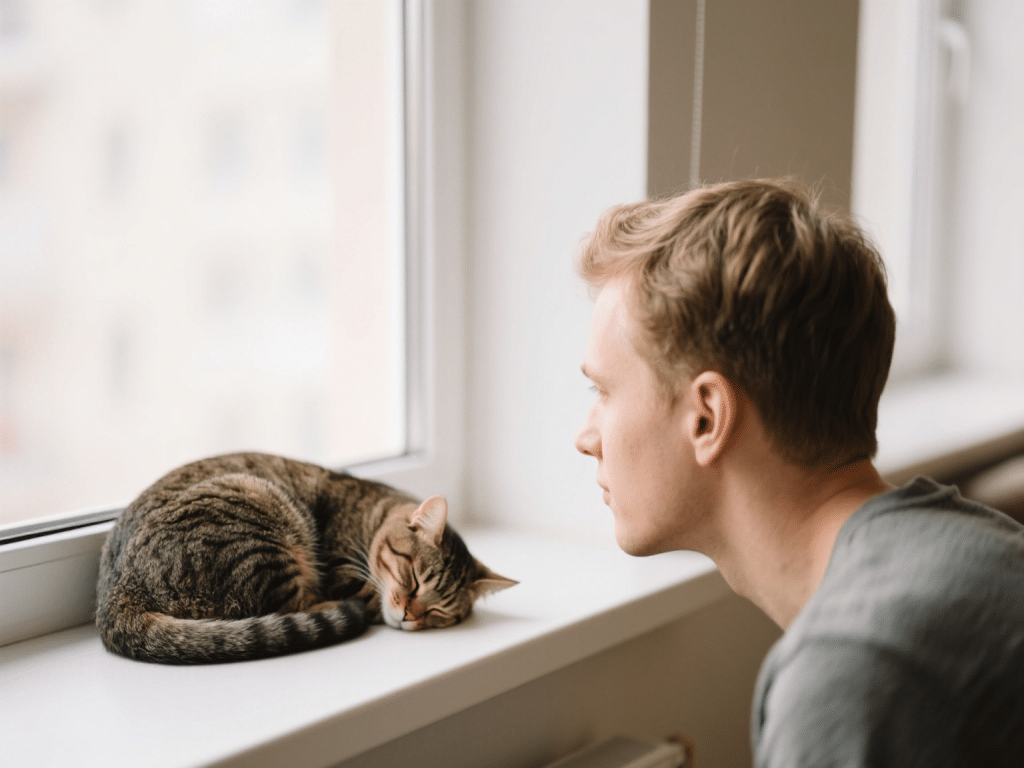
Why Do Cats Sleep So Much? Understanding Feline Sleep Habits
IntroductionCats are renowned for their lengthy sleep periods, often snoozing 12–16 hours a day. T...
Read More →
How to Make Your Backyard Safe for Pets Year-Round
IntroductionA safe backyard is essential for pets to explore and exercise freely. Seasonal changes c...
Read More →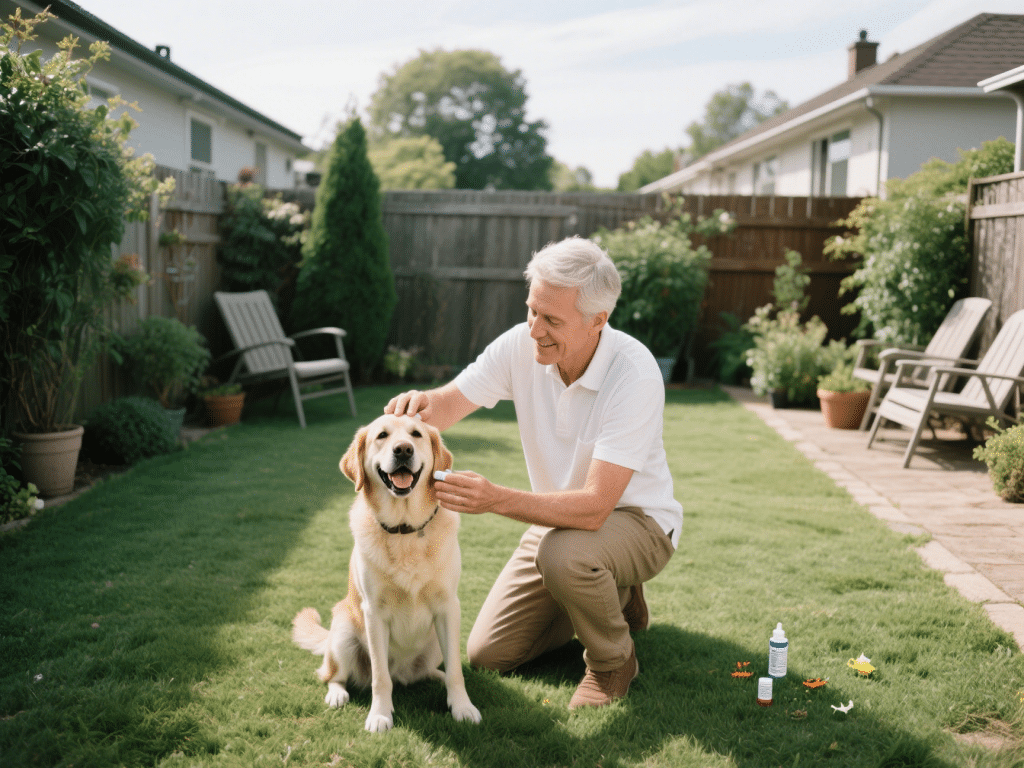
Monthly Deworming Schedule for Adult Dogs: Optimal Timing and Products
IntroductionAdult dogs can harbor intestinal parasites year-round, risking health complications and ...
Read More →
How to Make Homemade Frozen Dog Treats for Hot Days
IntroductionWhen temperatures soar, dogs can overheat quickly. Frozen treats not only cool them down...
Read More →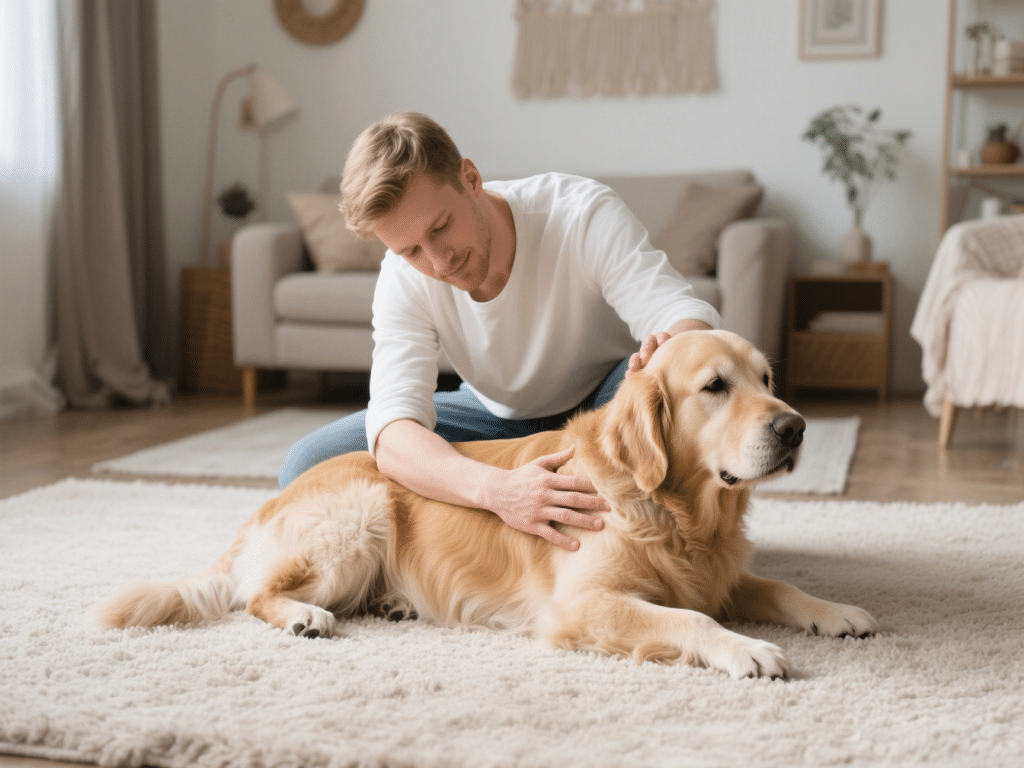
Pet Massage Basics: Relaxation Techniques for Cats and Dogs
IntroductionGentle massage promotes relaxation, improves blood flow, and strengthens the bond betwee...
Read More →
Comments on "Why Is My Cat Drooling After Deworming? Causes and Solutions" :